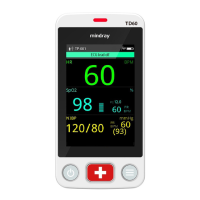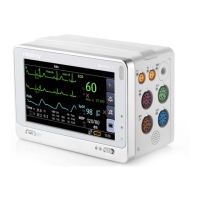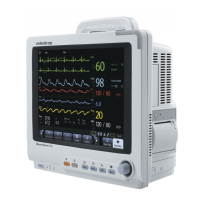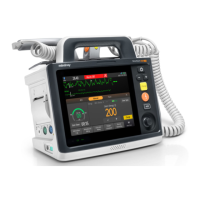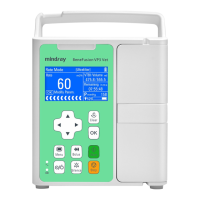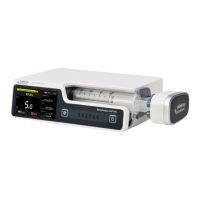16 - 2 BeneVision N Series Patient Monitor Operator’s Manual
16.2 NIBP Safety Information
• Be sure to select the correct patient category setting for your patient before NIBP measurement. Do
not apply the higher adult settings for pediatric or neonatal patients. Otherwise, it may present a
safety hazard.
• Do not measure NIBP on patients with sickle-cell disease or on the limb where skin damage has
occurred or is expected.
• Use clinical judgment to determine whether to perform frequent unattended blood pressure
measurements on patients with severe blood clotting disorders because of the risk of hematoma in
the limb fitted with the cuff.
• Do not use the NIBP cuff on a limb with an intravenous infusion or arterial catheter in place. This
could cause tissue damage around the catheter when the infusion is slowed or blocked during cuff
inflation.
• Do not apply cuff on the arm on the side of a mastectomy.
• Continuous cuff pressure due to connection tubing kinking may cause blood flow interference, and
resulting in harmful injury to the patient.
• NIBP reading can be affected by the measurement site, the position of the patient, exercise, or the
patient's physiologic condition. If you doubt the NIBP measurements, determine the patient’s vital
signs by alternative means, and then verify that the monitor is working correctly.
• Devices that exert pressure on tissue have been associated with purpura, ischemia, and neuropathy.
Inspect the application site regularly to ensure skin quality and inspect the extremity of the cuffed
limb for normal color, warmth and sensitivity. If the skin quality changes, or if the extremity
circulation is being affected, move the cuff to another site or stop the blood pressure measurements
immediately. Check more frequently when making automatic or STAT measurements. Auto NIBP
measurements with one and two minute intervals are not recommended for extended periods of
time.
• NIBP diagnostic significance must be decided by the physician.
• Only use parts and accessories specified in this manual. Follow the instructions for use and adhere to
all warnings and cautions.
• Accuracy of NIBP measurement depends on using a cuff of proper size. It is essential to measure limb
circumference and choose a cuff with proper size.
16.3 NIBP Measurement Limitations
Measurements are impossible with heart rate extremes of less than 30 bpm or greater than 300 bpm, or if the
patient is on a heart-lung machine. The measurement may be inaccurate or impossible in the following
situations:
■ Regular arterial pressure pulses are hard to detect
■ With excessive and continuous patient movement such as shivering or convulsions
■ With cardiac arrhythmias
■ With rapid blood pressure changes
■ With severe shock or hypothermia that reduces blood flow to the peripheries
■ On an edematous extremity.
• The effectiveness of this sphygmomanometer has not been established in pregnant, including pre-
eclamptic patients.
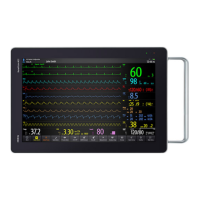
